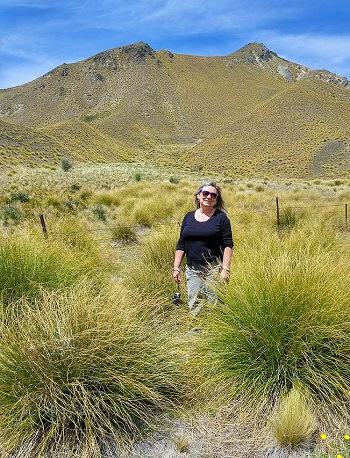We’ve been on the road since just before Christmas, traveling with the Ladies, Angie and Willa, and seeing our family strung across Texas, Oklahoma, and now Kansas, where we have been the past few days. Here in Barton County, besides spending welcome time with the resident fam, we have been joined by grandson Drew and his fiance, Jess. Such a pleasure getting to know her. Drew and I have been doing some hunting. The quail and pheasant were surprisingly scarce, but we have topped up the winter store of venison for sure. Throughout the expedition I have been using odd time, such as early morning, to keep somewhat current with teaching and writing. Dr. K, as usual, has been more diligent. This is my transition to several observations from the road.
First, Dr. K is so dedicated and hard-working, she puts me to shame. Holed up at the Angus Inn, attended by our admiring canines, she sees to the admin work of NDSU Press and spreads out manuscripts for editing. If you haven’t seen it, here’s a note about her leadership of the Midwest Indepent Publishers Association. She also finds time for reading, both for professional application and for personal pleasure. 2023 has not been an easy year for her. I doubt she’ll ever have one. But I do hope all will join me in saluting her work with NDSU Press and her leadership of regional letters. May 2024 be a year of success and satisfaction.
Second, Angie the History Dog and Willa the Book Beagle are amazing travelers. They give us no grief on the road, they make themselves at home where we are, and they enjoy themselves–particularly Angie, who loves to explore and socialize. Willa has struggled with a respiratory affection that had us out at 2am one morning for emergency vet care in Fort Worth. She’s stable again, not quite well, but well enough to enjoy hanging out with Mom. Both of the Ladies regard my F150 as their mobile headquarters and doze the miles away.
Third, there’s no place like home. I think it’s a good sign that we love to travel, and we love to go home. Today is taken up with packing, travel preparations (such as processing and stowing quite a bit of venison), some bits of work, and leave-taking. Tomorrow we strike north for home. Once there, it will be a full-court press to be ready for the spring term.
So now I better get some coffee and pitch in. To all our family who have made our travels joyful: may the new year repay you with every blessing. Too all our friends and associates in life and work: we wish you joy and success and peace. Thank you.
